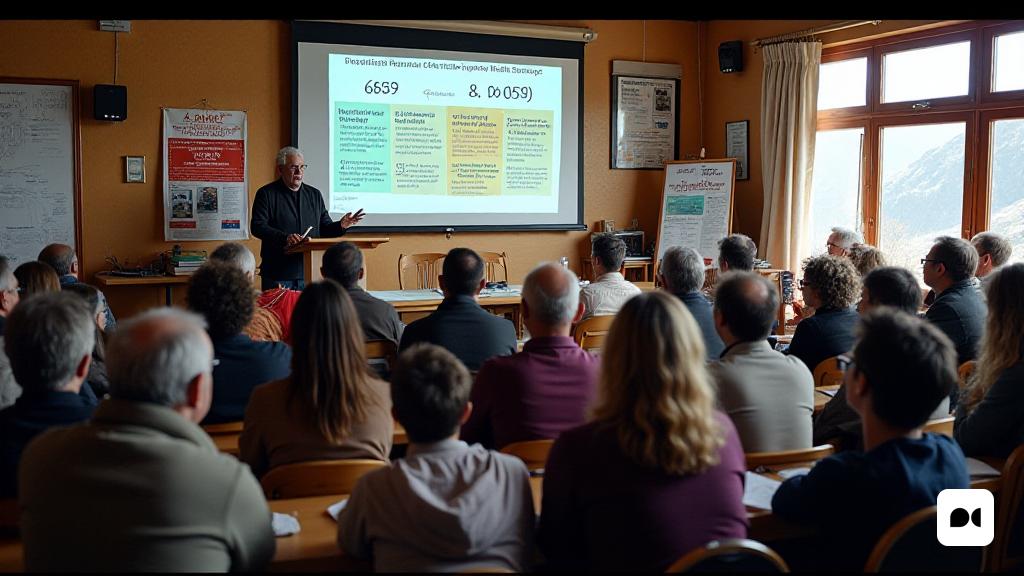An amazing growth of the population
In recent years, the parish of Canillo has experienced a significant increase in its population, with a significant increase in non-European residents, especially of South American nationality. At a recent meeting, the consul presented shocking figures: while in 2014 only 107 Argentines were registered, by 2024 this figure grown up to 639, representing an incredible increase of 497.2%.
The implications of a demographic increase
The population growth, which has increased from 540 to 1,985 people of various nationalities in only a decade, now represents 38.77% of the total number of inhabitants of Canillo. This expansion has led to the need to expand the common staff, which has grown from 106 to 151 employees in the last ten years to meet the demand for services.
An uncertain urban planning future
The consul stated that the current rate of growth is not sustainable and it is essential to implement changes in urban planning policies. Alcobé recalled that despite previous reviews, there are still projects that could have irreversible consequences for the community. In this sense, measures have already been approved to suspend some construction licenses while defining the direction to be taken.
The current construction data
Construction authorizations have remained elevated, with approximately 46,000 square meters in 2022 and 2024, a volume that exceeds double the average of the previous years. However, this level is still far from the figures of 2004, when up to 200,000 square meters were authorized.
The protection of architectural heritage
One of the goals of the common is to avoid constructions that are not integrated into the traditional aesthetics of the area. Alcobé set an example a villa to Incles, which presented elements that do not fit the mountain architecture. This case has led the owner to the Batllia for the irregularities committed, including the lack of access by the authorities to check the situation.
Immediate and future actions of the common
In addition, the Commune has decided to assume the cost of demolishing a structure that has been in the general road for more than 40 years, also in the Incles area, as part of its efforts to improve urbanism and the quality of life of their residents.

